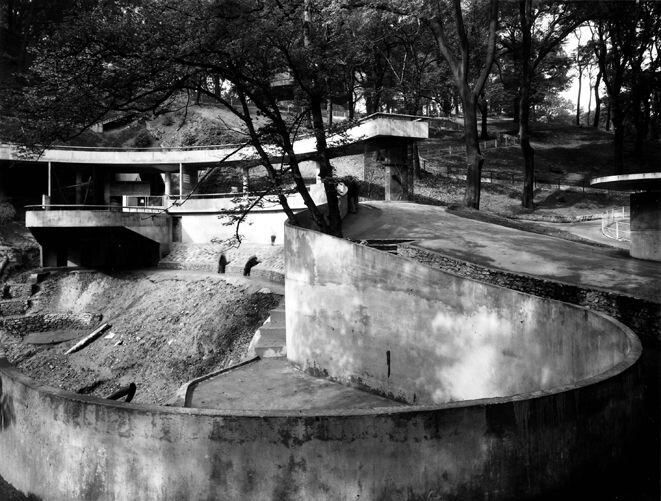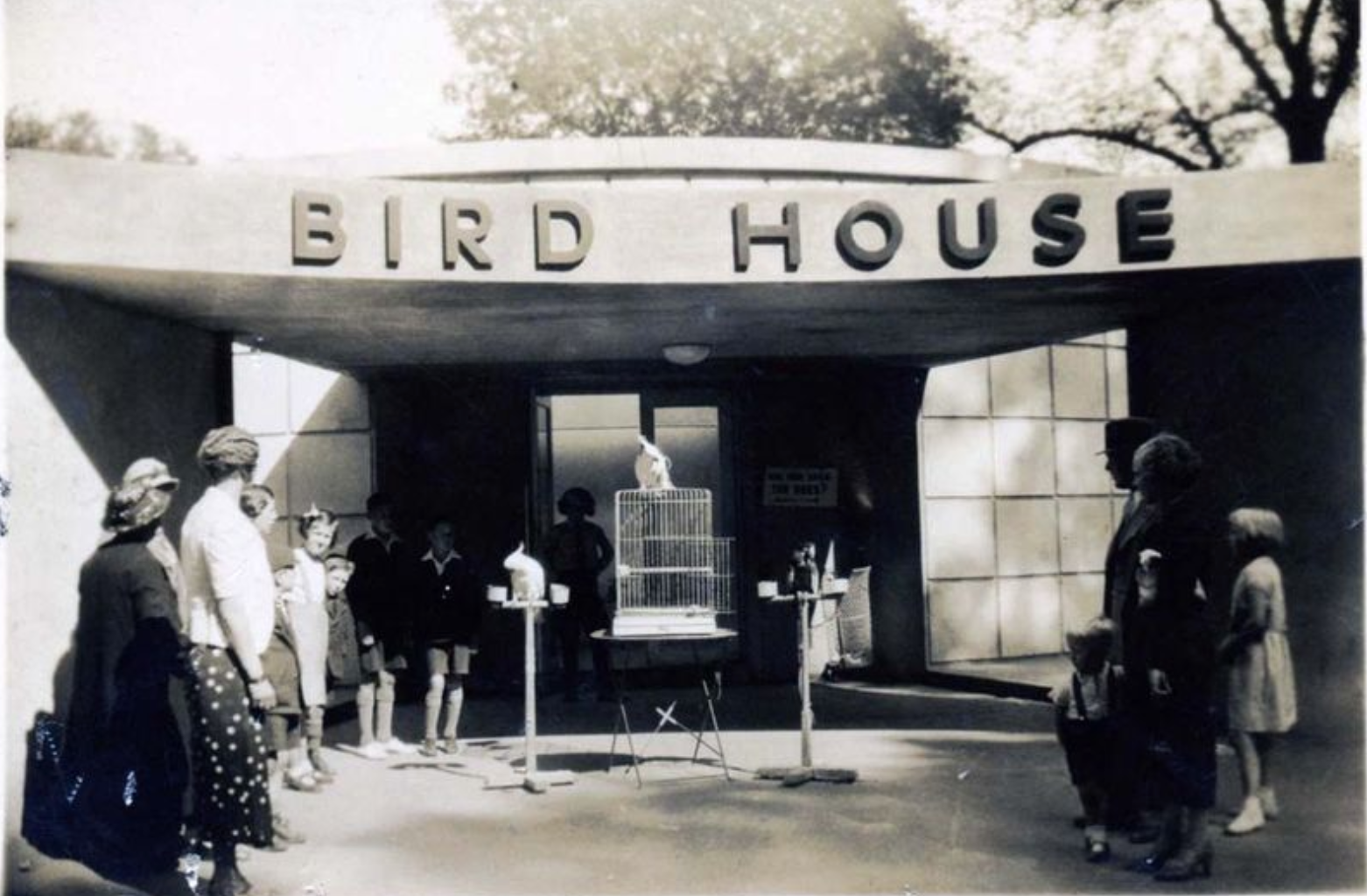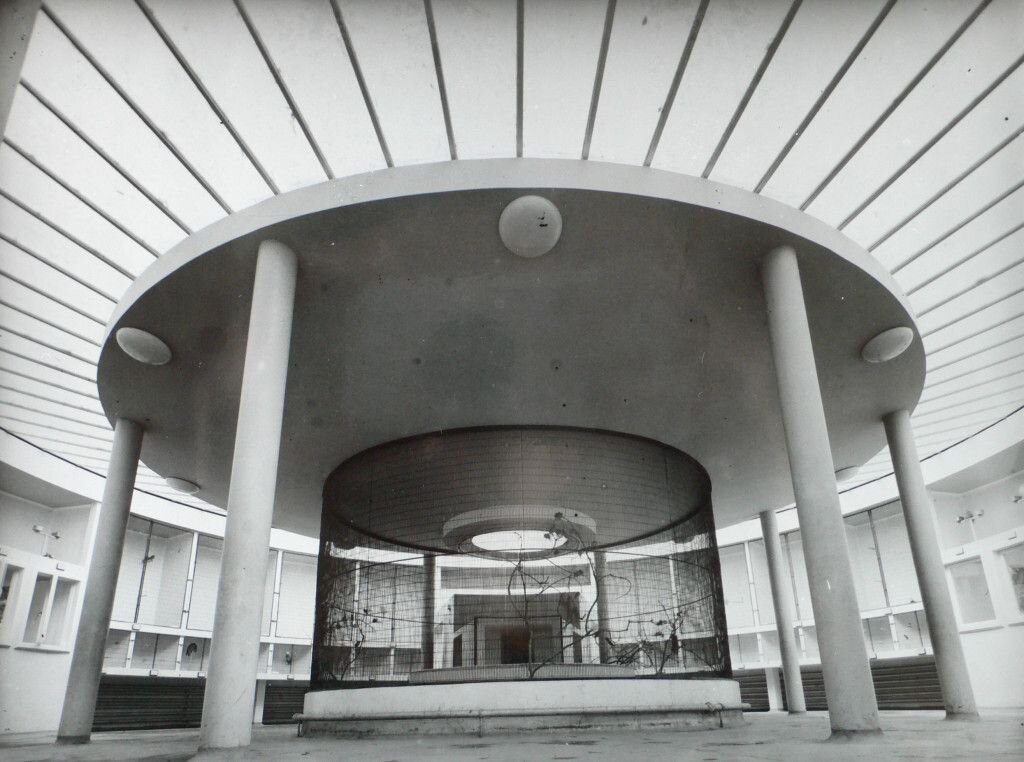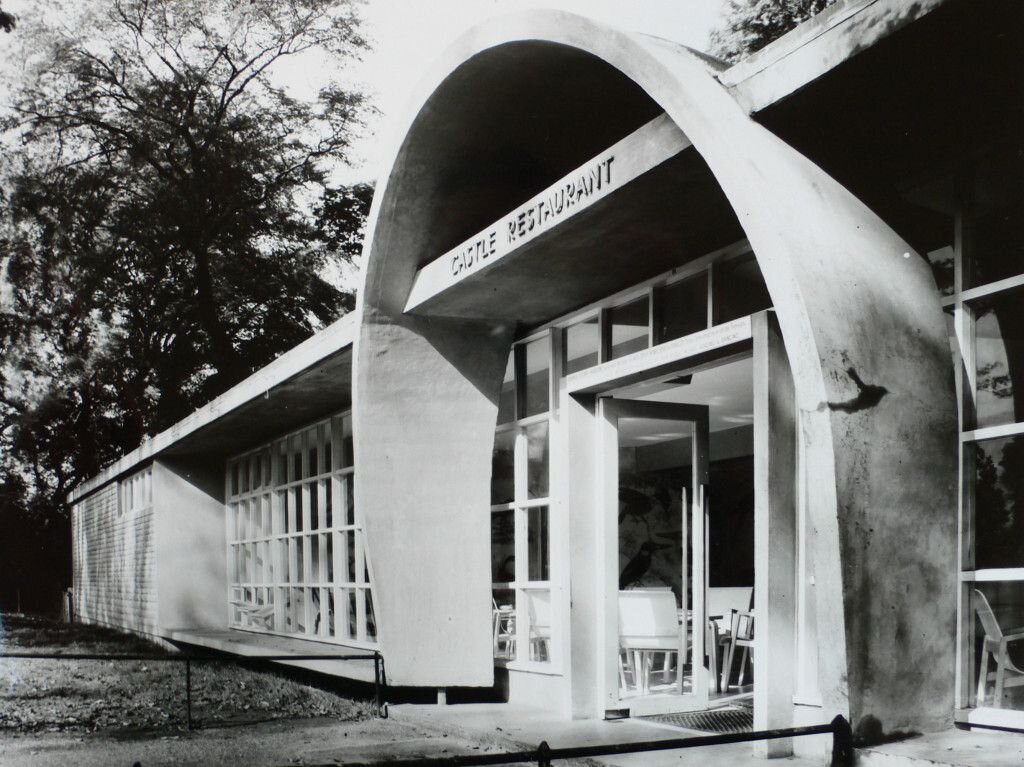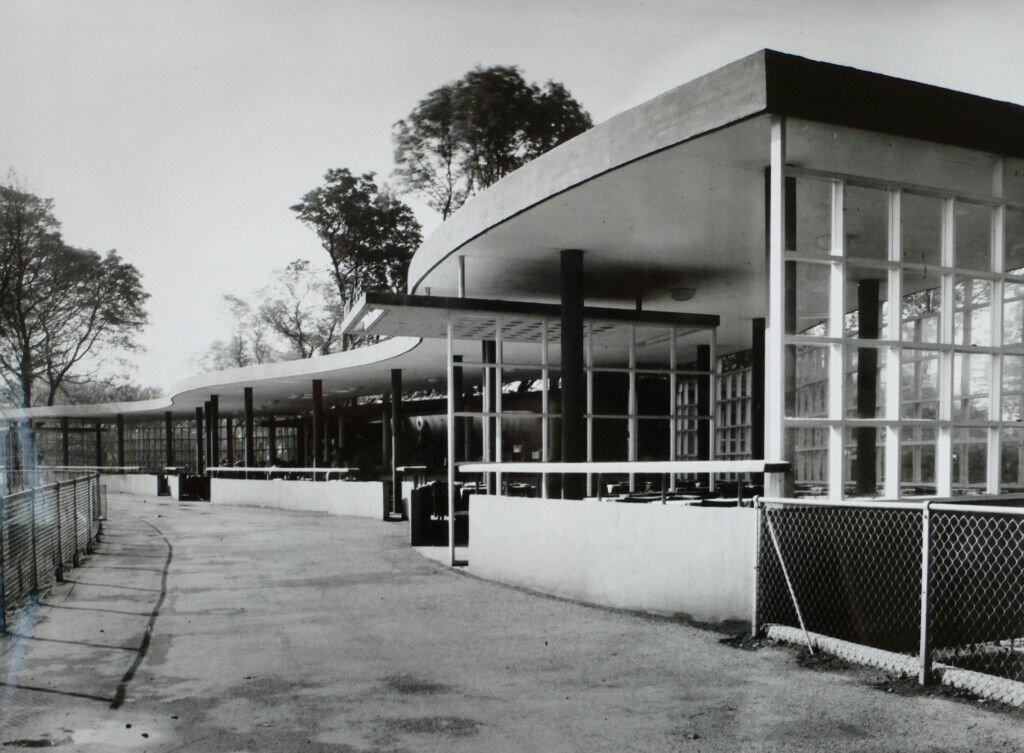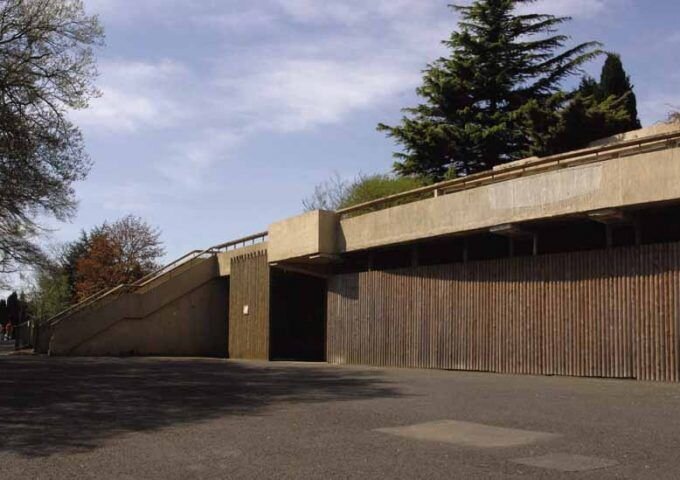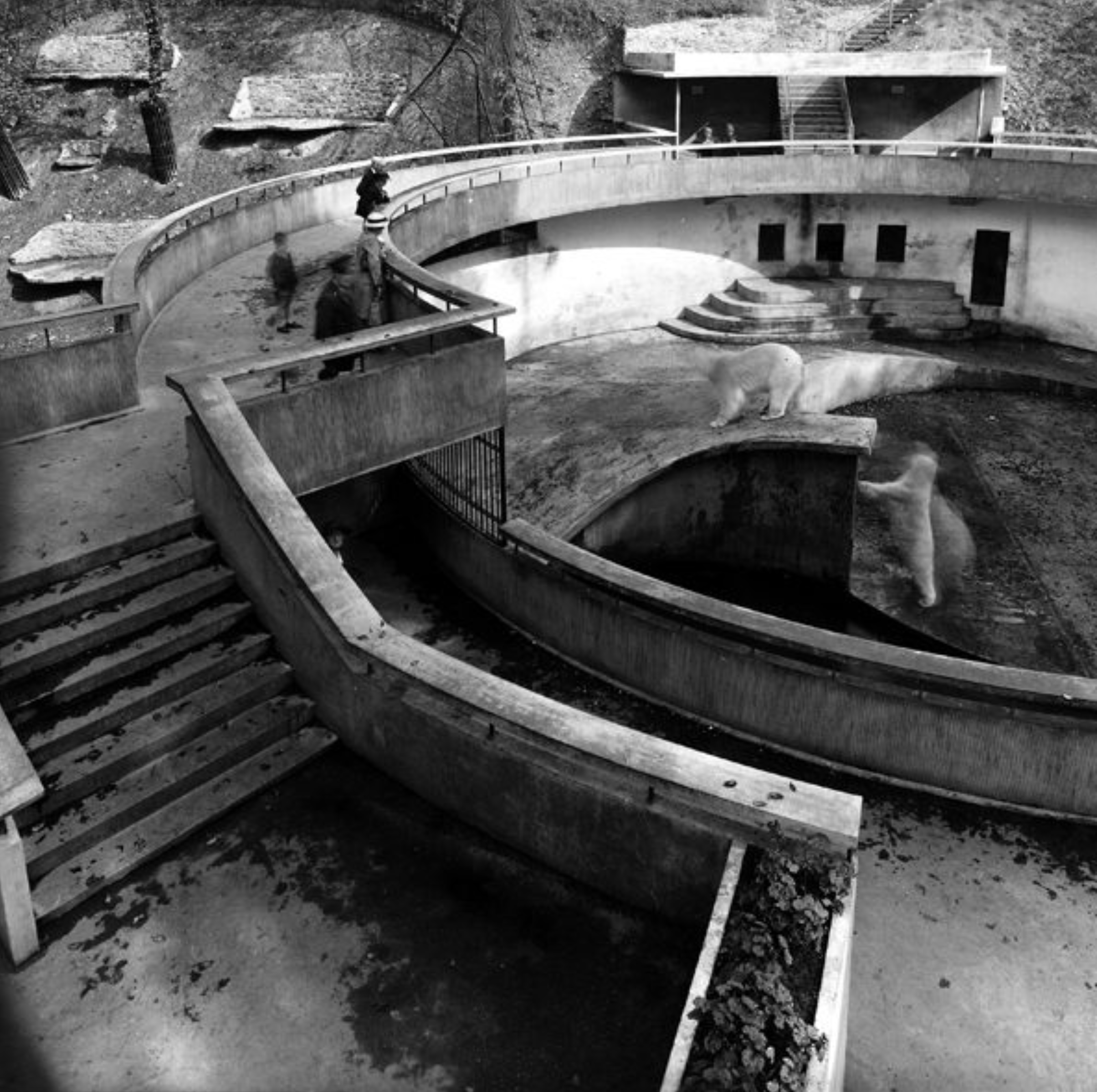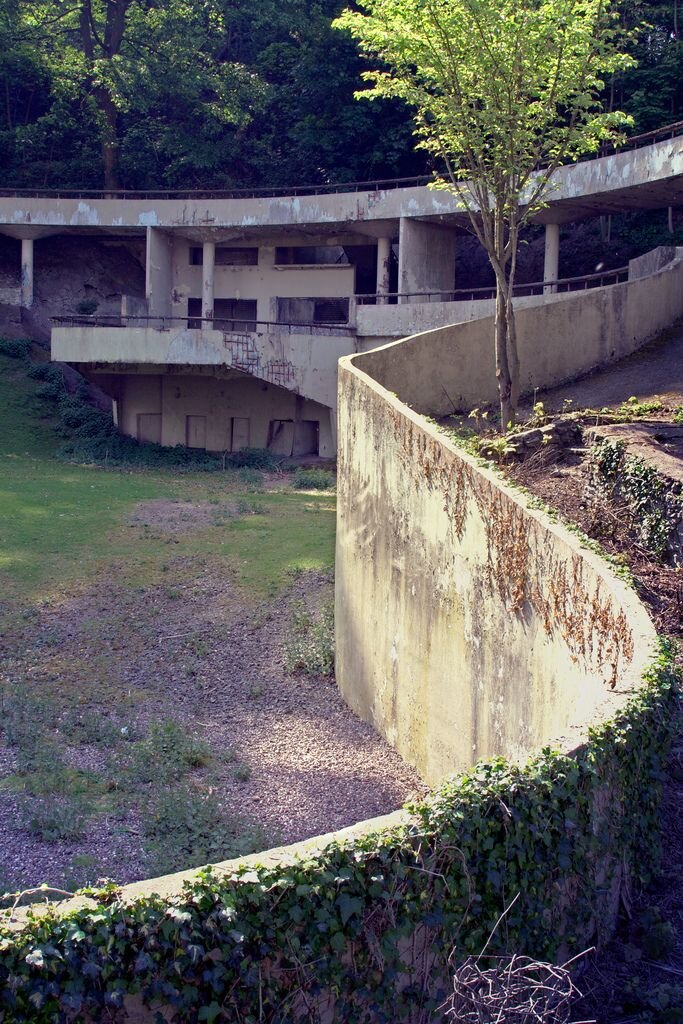Tecton at Dudley Zoo
Constructed between 1935 and 1937, the 12 structures comprising the iconic Brutalist complex were designed by the Tecton practice, a London-based association founded in 1932 by Berthold Lubetkin, that was highly instrumental in bringing Modernist architecture to Britain.
The Zoo complex survives as the only collection of correlated Tecton designs in Britain and one of few surviving throughout Europe.
The 12 structures, which incorporate six animal compounds, the main entrance, two cafes, a restaurant, and two kiosks, are located within the grounds of the 13th century Dudley Castle.
Designed and constructed in just over 18 months, from 1935 to April 1937, the modernist concrete constructions symbolise a radical shift from the local vernacular.
The structures were also a deviation from established zoo design philosophy of the time. Lubetkin’s thinking being not one of passive observation but one of exploring the connection between visitors, animals and landscape.
Solid concrete construction retains the appearance of levity and weightlessness, renouncing linear design formations to follow the organic curves of its habitat.
Intended to harmonise with their surroundings, the structures follow the steep slopes of the region’s hills and tree-covered areas.
Dudley Zoo houses the largest single collection of Tecton structures in existence and in 2009 all 12 received World Monument Fund Status.
In July 2011, the Heritage Lottery Fund announced a support for a £1.15 million restoration program at Dudley Zoological Gardens and the structures were carefully restored, with technical assistance from the Twentieth Century Society and with the engagement and help of students from Dudley College.
Dudley was publicised as ‘the Worlds most modern Zoo’ and upon its opening on 5th May 1937 a quarter of a million people arrived in hordes upon the Castle Hill location.
At the end of its first summer season an estimated 700,000 people had passed through its Tecton designed wave entrance.
The buildings continue to this day to help define the zoo’s identity and distinctive character while remaining a major architectural accomplishment.
Do you have any images or memories of the famous Tecton structures?
Get in touch, we’d love to hear your stories.

